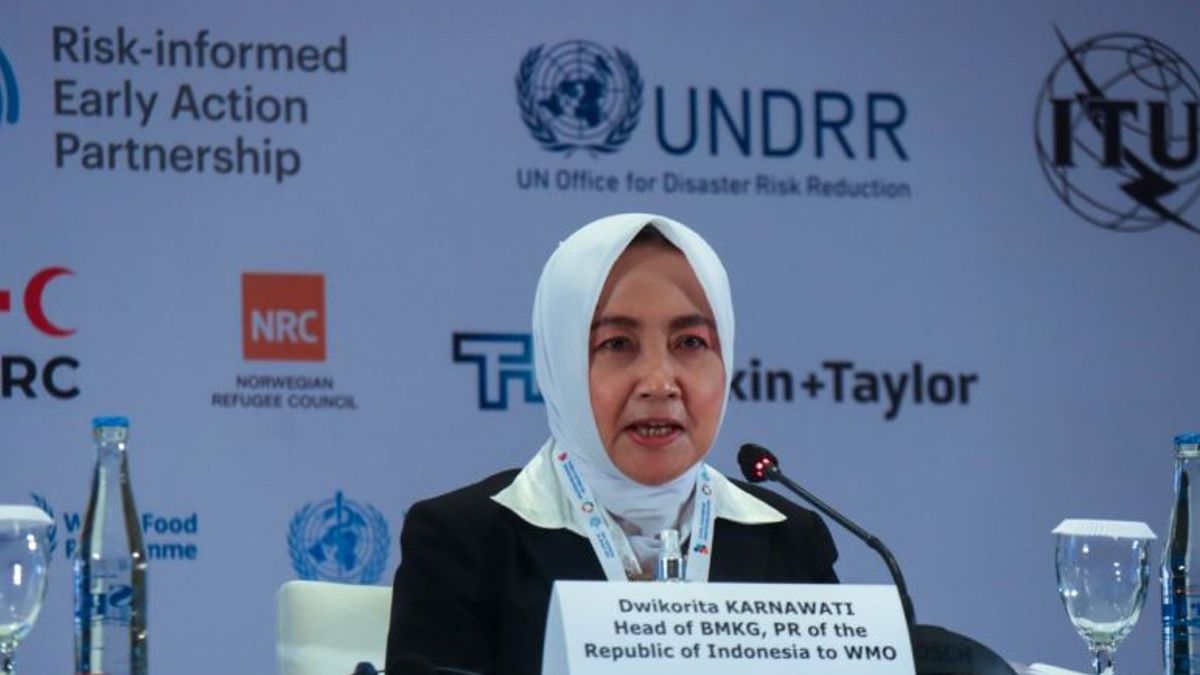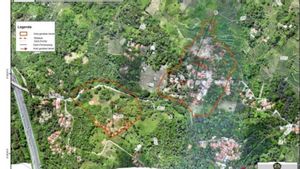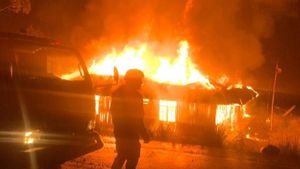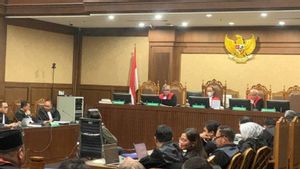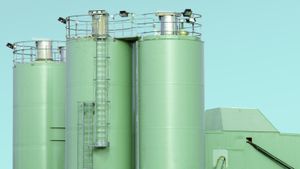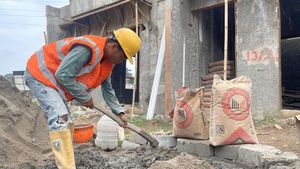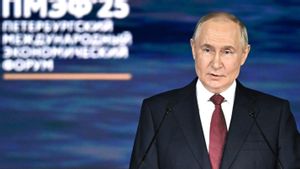BADUNG - Head of the Meteorology, Climatology and Geophysics Agency (BMKG) Dwikorita Karnawati encouraged the international community to work together to build a Multihazard Early Warning System, or a reliable multi-disaster early warning system to deal with various natural disasters and climate change.
"Gotong royong is the best choice in the midst of the uncertain global situation due to the COVID-19 pandemic, because the gap between countries is increasingly prominent, where the global community and government are overwhelmed by the global and national economic crisis," Dwikorita said in a written statement quoted by Antara. , Tuesday, May 24.
When opening the Third Multi-Hazard Early Warning Conference (MHEWC-III) which was held in Bali, Monday (23/5), Dwikorita said that socio-economic resilience was a major challenge for many countries.
He also said the World Bank had released the poverty rate had risen sharply to 8-9 percent due to the pandemic. This figure far exceeds the increase in the poverty rate due to the global monetary crisis in 1998 which was around 1.3 percent.
Thus, the current poverty rate is almost 6 to 7 times higher than the poverty rate due to the previous monetary crisis.
Dwikorita stated that these challenges are getting tougher and more complex as the impacts of climate change are becoming more and more real and the dynamics of the planet's tectonic plates are showing an increasing trend of activity. Due to climate change, extreme events are becoming more frequent with higher intensity and longer duration.
"The World Meteorological Organization (WMO) itself projects that the earth will experience short-term warming of up to 1.5 degrees Celsius above pre-industrial levels in the next five years or 2026. This projection has a 50 percent chance," he said.
In addition, Dwikorita explained that based on the Advanced National Seismic System Composite Catalog report, there was an increasing trend of seismicity globally, which was also corroborated by BMKG historical data.
"This is really a serious challenge for all of us to accelerate the achievement of Target G of the Sendai Framework, especially to accelerate the achievement of resilience or resilience to disasters through the application of early warning at the national and local levels," he said.
Dwikorita also highlighted the importance of collaboration and synergy as well as prioritizing local wisdom as a manifestation of resilience (toughness) in an effort to survive disasters. The implementation of Multi-Disaster Early Warning is one of the efforts to realize this resilience.
According to him, resilience or resilience is stronger if knowledge, culture or local wisdom is combined with the right technology.
According to him, local wisdom and traditional knowledge passed down from generation to generation have a significant impact on the success of early warning of natural disasters. Likewise with the roles of communities and social organizations.
"This is called a hybrid socio-technical early warning system which is not only effective, but also more sustainable in its application. Collaborative resilience should not only be developed at the national level, but also implemented to strengthen the capacity of local governments, and local or customary leaders, and communities. , based on their knowledge and wisdom," he said.
The English, Chinese, Japanese, Arabic, and French versions are automatically generated by the AI. So there may still be inaccuracies in translating, please always see Indonesian as our main language. (system supported by DigitalSiber.id)
